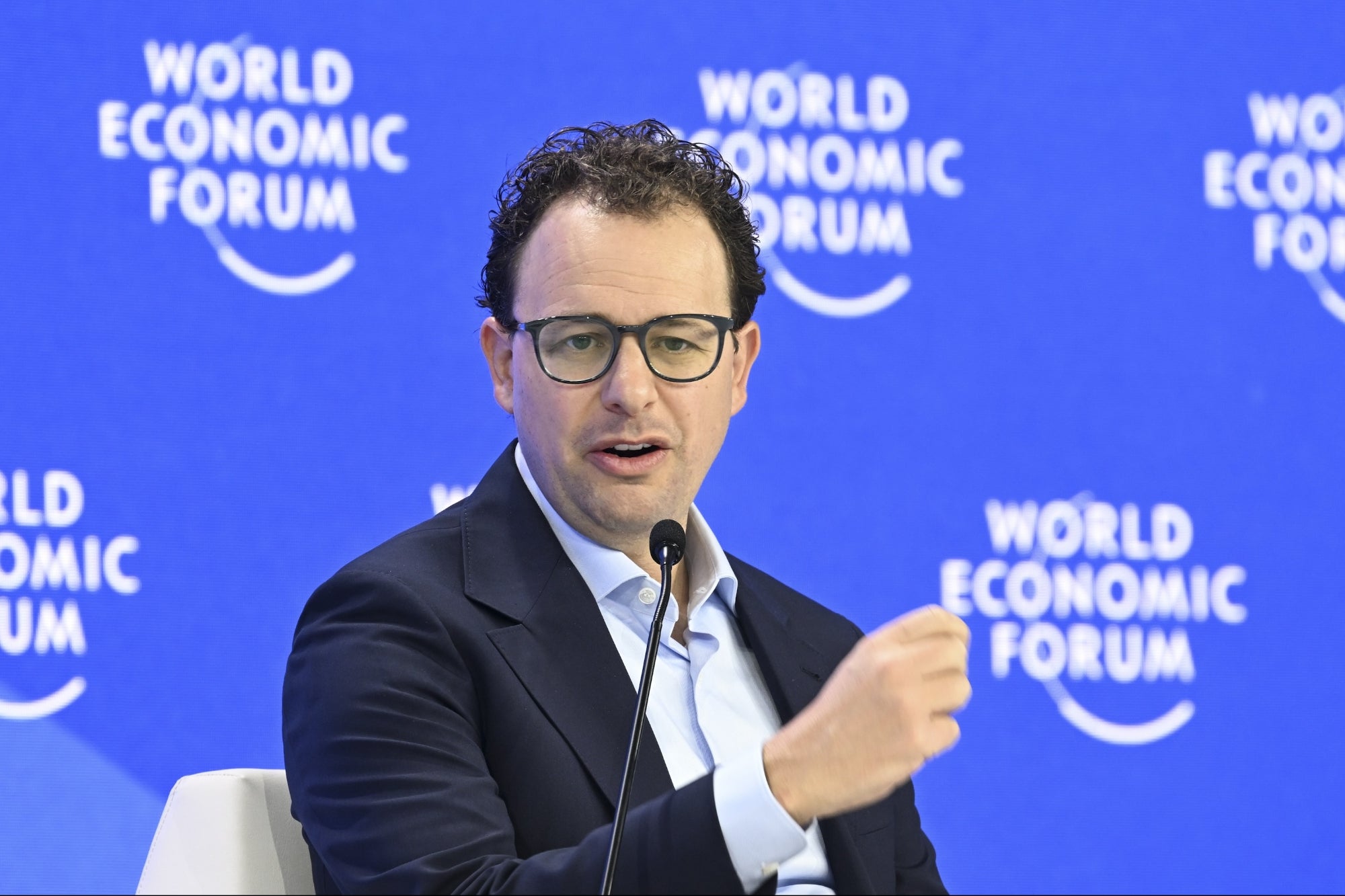It's Time to Retire Jeff Bezos' 2-Pizza Rule for Meetings — Here's Why. Meetings are essential in the workplace, but they desperately need revitalization — and Jeff Bezos' two-pizza rule, focusing on small groups for efficiency, may not suit the dynamics of today's diverse workplaces.
By Johnny Warström Edited by Kara McIntyre
Key Takeaways
- Inclusivity in meeting styles caters to both introverts and extroverts, enhancing engagement and productivity beyond the size of the group.
- Adapting meeting structures to value individual contributions and foster collaboration in remote, hybrid and in-person settings is crucial for a forward-thinking workplace.
Opinions expressed by BIZ Experiences contributors are their own.
Meetings: Most employees dread them, and few are done well. Leading an effective meeting may not seem like a priority during the busy workday, however, it is critical for an efficient workflow. A recent survey found that 94% of leaders believe that meetings are an effective way to move work forward. Productivity is not solely about results. It's about encouraging innovation and creativity.
In 2018, while CEO of the online retailer Amazon, Jeff Bezos introduced the two-pizza rule, which limits meetings to the number of people that can comfortably eat two pizzas. His goal was to make meetings more cost-efficient, productive and even enjoyable. So, after five years, where does the rule stand? As the CEO of a leading audience engagement platform, I find Jeff Bezos' two-pizza rule outdated and in need of a revamp — here's why.
Meeting prep affects engagement
Everyone has a unique process to prepare for a meeting. Some like to look at the materials hours in advance to brainstorm talking points, while others are comfortable glancing at materials in real time and discussing. As part of the two-pizza rule, Bezos distributes memos and materials at the beginning of the meeting and dedicates the first 30 minutes for people to review the information before opening up a discussion. Although this may seem like an effective way to ensure everyone has read the materials, it doesn't account for different workstyles.
A recent report found a notable 20% difference between how introverts and extroverts prefer to engage in and prepare for meetings. When planning a meeting, consider each person in the room and their unique work style. If executives make a cultural assumption that everyone learns and processes information the same, it inhibits the chance for inclusive collaboration. In my experience, productive meetings begin with inclusivity. Having multiple ways to engage such as Q&As, polls and voting during a meeting allows every voice an equal opportunity to be heard and accounts for every workstyle.
Related: Being an Introvert Doesn't Make You a Bad Leader. In Fact, It Just Might Be Your Secret Weapon.
Having fewer attendees does not increase productivity
There's no doubt that meeting structures need to shift, but limiting the number of meeting participants does not increase productivity. In fact, it hinders it. Smaller teams limit the chance for a broad and diverse perspective. Larger projects often require a wide skill set and range of perspectives, which may be difficult to achieve within the constraints of smaller meetings. This limitation can impede a dynamic workflow by slowing down processes and creating potential bottlenecks.
Decision-making processes may become slower when key decision-makers are excluded from meetings. Waiting for a separate meeting can introduce delays and inhibit the ability to make timely and informed choices.
Not to mention, the two-pizza rule was designed for in-person settings and does not seamlessly translate to remote or hybrid work environments. Organizations need to explore innovative approaches to maintain collaboration and engagement in virtual spaces. Having tools for engagement that promote anonymous questions, responses and participation is an essential way to increase meeting productivity.
Related: His Tool Helps 95% of Fortune 500 Companies Have Highly Productive Meetings.
Top-down leadership is antiquated
A recent Gallup study found only 3 in 10 U.S. employees feel that their opinions are valued. This can lead to a lack of motivation, interest and effort at work. Even if one person is leading a meeting, providing the opportunity for everyone in the room to voice their opinion is crucial as prioritizing employee engagement in meetings leads to better retention, higher productivity and overall well-being. Asking for feedback from team members, analyzing meeting outcomes and being open to different ideas can contribute to a culture of continuous improvement. Top-down leadership is antiquated, and creating a culture of bottom-up change enhances work output.
Providing avenues for team members to express their opinions, share ideas and contribute to decision-making processes outside of formal meetings is integral to overall company involvement and success.
The modern workplace is continually evolving, and leaders need to adapt. While the two-pizza model may have its advantages in certain contexts, organizations need to consider the potential drawbacks and recognize that meeting effectiveness extends beyond a one-size-fits-all approach.
Striking a balance between efficiency and inclusivity, adapting to diverse work style dynamics and cultivating a culture of continuous improvement are essential elements for success. By prioritizing employee engagement, fostering a sense of belonging and aligning meeting strategies with broader organizational goals, companies can create a dynamic and inclusive workplace that thrives in the ever-evolving landscape of work.










